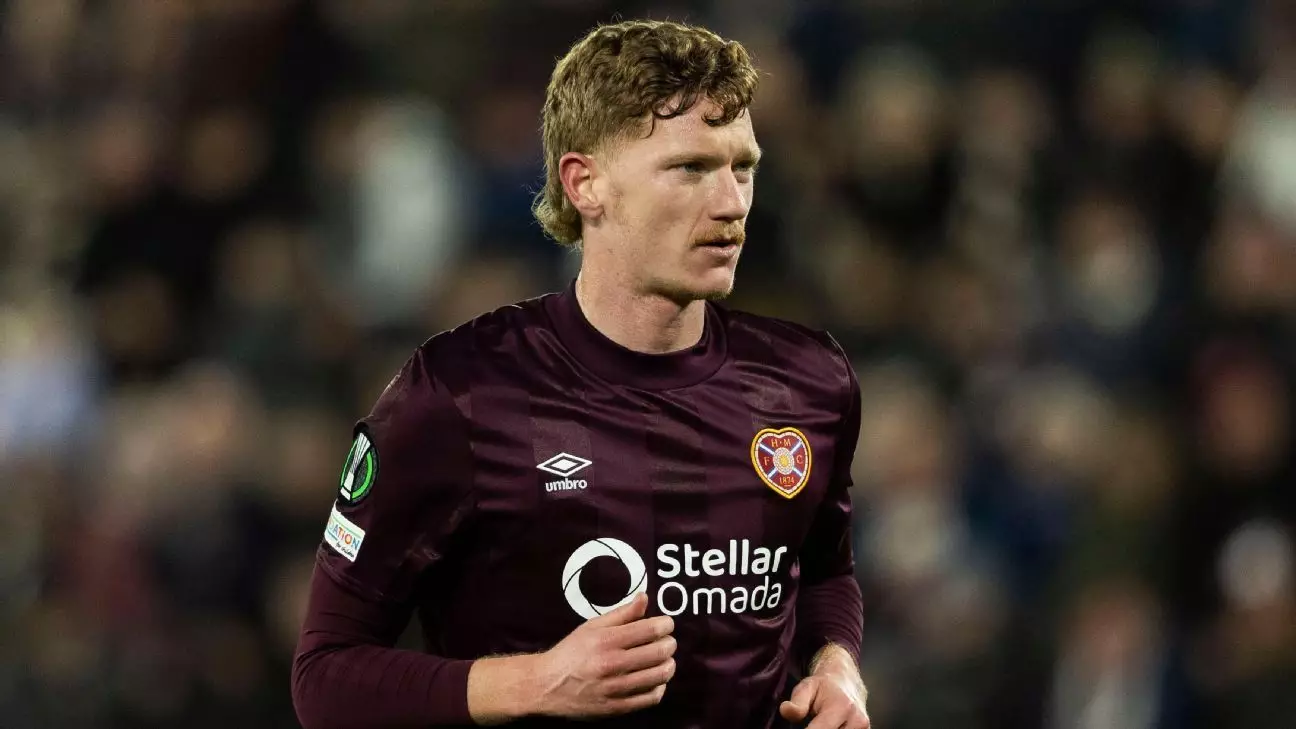In recent years, Major League Soccer (MLS) has emerged as an attractive destination for Australian footballers, with many players making the move to the United States. Socceroos head coach Tony Popovic has emphasized that this movement represents not just an opportunity for individual careers but also a pivotal moment for Australian football as a whole. Kye Rowles, a central defender formerly of Scottish side Hearts, is the latest player to embark on this journey, signing with D.C. United in a deal that highlights the growing connection between Australian talent and American clubs.
Rowles’ transfer is just one example of how Australian players are beginning to shine in the MLS. Other notable Australians include Patrick Yazbek of Nashville SC and several under-23 internationals who are making their mark with teams such as St. Louis City and Real Salt Lake. The increasing willingness of MLS franchises to invest in Australian players signifies a mutual appreciation that could yield long-term benefits for both the league and the players involved.
Popovic’s comments on the level of professionalism and resources available in the MLS frame the league as not just a viable option but a noteworthy alternative to traditional European circuits. He pointed out that the MLS is ranked as the ninth-best league globally, according to Opta Power Rankings released last October, which provides a competitive backdrop for players looking to advance their careers.
The infrastructure of the MLS—its investment in facilities, audience engagement, and organizational professionalism—makes it an appealing league for players seeking a more robust playing environment. Rowles, who gained significant experience playing for Hearts, brings an extensive background of competitive matches to his new role at D.C. United. Popovic notes that the MLS might even offer more resources compared to the Scottish League, providing players like Rowles with a valuable opportunity to hone their skills and find greater success.
The significance of Rowles’ transition is underscored by the injury woes currently plaguing the Socceroos. With key players like Harry Souttar out of action for an extended period, the team faces the dual challenge of maintaining defensive solidity while also integrating newer talents into a cohesive unit. Popovic’s recognition of the need for “like-for-like” replacements aptly captures the current dilemma faced by the national team, as they gear up for crucial fixtures in the 2026 FIFA World Cup qualifiers.
The absence of experienced defenders such as Souttar and Alessandro Circati leaves a considerable gap that the Socceroos must fill. In this regard, the influx of players from MLS could serve as a remedy. As the league continues to attract talented Australians, the depth of the national team could be bolstered, allowing for a stronger collective effort on the international stage.
Alongside Rowles, another player in focus is goalkeeper Mathew Ryan, who is reportedly on the verge of transitioning from AS Roma to Ligue 1 side Lens. Ryan’s move to a club where he is expected to see more playing time could prove crucial as he looks to regain his form. As Popovic points out, it is vital for players like Ryan to have consistent game opportunities, particularly when preparing for high-stakes matches with the national team.
This emerging trend of players seeking vital minutes in competitive leagues signifies a shift in players’ career strategies. They are becoming more discerning about their choices and seeking paths that not only benefit their individual careers but also contribute positively to the national team composition.
As more Australian players take the leap into MLS, the overarching narrative suggests that the league is becoming a vital conduit for the development of talent. With its professional environment, competitive balance, and growing investment in players, MLS serves as a promising stepping stone for Australians who aspire to elevate their careers.
The symbiotic relationship between the Australian football community and the MLS could usher in a new era of footballing success for Australia on the world stage. With the right blend of talent, resources, and opportunities, both emerging players and experienced veterans have the potential to flourish in this dynamic and rapidly developing league.
The movement of Australian players into major leagues such as MLS not only showcases their individual potential but also strengthens the foundation of Australian football as a whole. The evolving landscape presents opportunities for growth, resilience, and, ultimately, success on the international stage, reflecting a promising future for the Socceroos in competitions to come.
